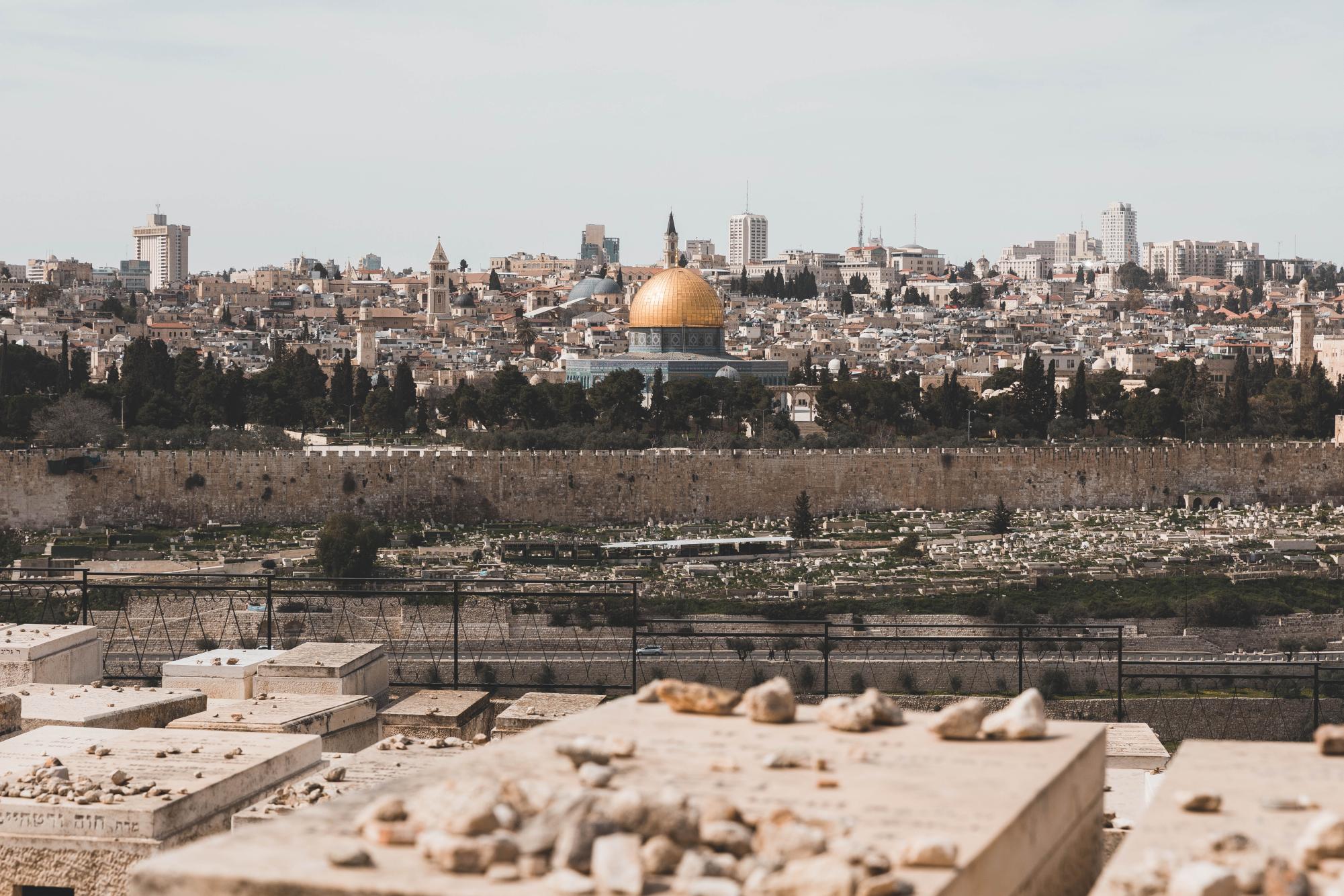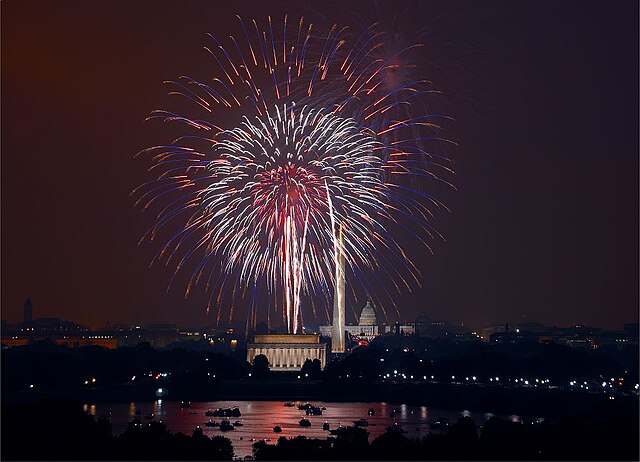World War One was pivotal in shaping events in what is today, Israel and Gaza. Prior to the war, Palestine fell under the purview of the Ottoman Empire which had held it for centuries. But the Ottomans were an empire on decline, often dubbed the “Sick Man of Europe.” However, Britain’s attempts at defeating the Ottomans met with unexpected stiff resistance. Enter Sir Henry McMahon, the British High Commissioner in Egypt. Beginning in 1915, through a series of letters to Ali Ibn Husain, the Sherif of Mecca, McMahon requested Arabs to ally with the British to dislodge the Ottomans from Palestine. In return, McMahon implied a promise: British support of an independent Arab state at war’s end. Arab and Palestinians in the region numbered about one million. Jewish population in the region amounted to, at most, three percent of that number (about 30,000).
Back to Europe. Prior to 1914 (the beginning of the war), due to a rise of nationalism and ardent antisemitism throughout the continent, a strong Zionist movement countered. By 1897, Zionist leader Theodor Herzl argued that Jews should have their own Jewish “state.” Calls for a homeland had been made for decades, but Herzl argued that all of Europe should work with Zionists to create a political solution to the so-called Jewish problem. Jews wanted a state, not a homeland. There is a difference, both in the legal sense and the political sense. Historians point out that Herzl was fluid as to where this Jewish “state” was to emerge. Many suggested Palestine, others suggested Uganda in the interior of Africa.
Back to World War I. In 1917, Britain’s Foreign Secretary, Arthur James Balfour, wrote a letter to Lord Walter Rothschild (Britain’s first Jewish peer) promoting the idea of making Palestine a permanent Jewish State. Balfour attempted to influence Rothschild to help sway Jews both in Britain and the United States to enter the fray in greater numbers. Getting Jewish fighters to the frontlines, particularly Jews from the United States, became paramount. Within a week, Balfour’s letter to Baron Rothschild became public, published in The Times, a prominent London newspaper on 9 November 1917.
Arab reaction was swift and angry. They felt further betrayed by Britain. “Further” because of the revelation of the secret Sykes-Picot agreement, an agreement between Britain and France to divide Palestine, Syria, Iraq, Lebanon, Jordan, and portions of Turkey among themselves, and to occupy those regions post war.
However, once World War One ended, Arab and Zionist leaders met. The Faisal-Weizmann agreement, signed in Paris in 1919, was the first of many arrangements where Arabs and Jews were to share Palestine. Amir Faisal ibn Hussien met with Zionist Chaim Weizmann. They agreed on immigration quotas for Jews, while Weizmann ceded to Faisal all of Syria. This arrangement seemed to recognize the reality of the Sykes-Picot agreement. In fact, within months of the Faisal-Weizmann agreement, French and British forces descended taking up military positions in Palestine that mirrored what Sykes-Picot had laid out. France would force Faisal to flee Damascus, again seen by Arabs as another Western slight against them.
Britain published its “White Paper,” in June of 1922 which outlined how it would rule Palestine. The White Paper recognized Arabs as the majority population and promised not to force a Jewish “nationality” upon Palestinian Arabs. However, the paper did not place limitations on European Jews emigrating to Palestine.
One month later, the League of Nations formally approved of the division and occupation of Palestine largely resembling the secret agreement laid out on the Sykes-Picot map. Of note, the League of Nations further approved of Jewish emigration to Palestine while referring to the Arab majority population as “non-Jewish communities.”
As the number of Jews increased, violence between Jews and Arabs in Palestine ensued. Arabs were frustrated by what they viewed as British favoritism toward Jews. Violence often broke out in new Jewish settlements and nearby Arab villages in tit-for-tat attacks. Britain did attempt to appease both sides but remained firm in its commitment to making Palestine and eventual a Jewish homeland.
But during the decade of the 1920s, Jewish population ballooned about 175,000 (Arabs numbered around 900,000). Zionist leaders made no secret of their plans to push for even more immigration so that Jews eventually would become a majority in Palestine, thus justifying the creation of a Jewish state. The Jewish National Fund raised money and purchased thousands of acres of land, much of which in turn was given or sold at a discount to newly arrived Jews. In many cases, Arab tenants were evicted after the land was sold from under them.
Another round of violence occurred in 1929, sparked by a dispute over religious observances at the Jerusalem’s “Wailing” Wall at the base of the ancient Temple of Herod, or the Haram-al-Sharif as Muslims call it. in Jerusalem. The violence stemmed from growing Arab fears that the Zionists were succeeding in their plans to turn Palestine into a Jewish homeland. Nearly 250 people were killed, slightly more than half of them Jews.
In response to the violence, the British government sent two investigating commissions to Palestine. The first, headed by Sir Walter Shaw, recommended in March 1930 that the government exercise more control over Jewish immigration and that it protect Arab tenants against automatic eviction when the land they occupied was sold to Jewish interests. A second investigation, led by Sir John Hope Simpson in October 1930, also proposed an even-handed policy toward the Arabs and Jews and that immigration of Jews be limited.
Zionist reacted strongly against the recommendations and over the next few years low level skirmishes between Arabs and Jews continued. Britain then send Lord Robert Peel, to Palestine in 1936 to investigate yet again. After months of testimony from both Arabs and Jews, Peel repudiated British policies toward Palestine. He wrote that the
Balfour Declaration had fostered an irreconcilable conflict, Arabs feared being overwhelmed by Jewish economic power, backed by British policy, and that they ultimately would be driven from their homes and deprived of their livelihoods. On the other hand, the Jews assumed that they had de facto British support for creating a Jewish state in Palestine. Peel concluded that there was “no hope of compromise.”
1937 – The Two or Three State Solution
The Peel Commission proposed splitting Palestine into three sections: one for Arabs, one for Jews, and a central enclave (including Jerusalem) to remain under British control as a neutral zone. Calling this plan “partition,” the commission said it would entail hardships for both communities but was the best of the available options. “Partition,” Claimed the Peel Report, “offers a chance of ultimate peace. No other plan does.”
However, the plan called for tens of thousands of people – most of them Arabs – would have to move voluntarily or by force in order to create two states. The commission cited what it called a successful precedent: the transfer of more than 1.3 million Greeks from Turkey and some 400,000 Turks from Greece nearly fifteen years earlier as part of the settlement of the 1921–1922 war between Greece and Turkey.
The British government initially endorsed the Peel Commission recommendations. Zionist leaders in Britain and in Palestine liked the idea of transferring Arabs from parts of Palestine that would constitute the core of a Jewish state, but they were divided on the wisdom of ceding any of the territory of Palestine to the Arabs. Arab leaders flatly rejected the concept of partition because it ratified the Zionist plans for a Jewish state on land they considered to be Arab territory, gave Jews some of the most fertile agricultural land, and required the forced transfer of many more Arabs than Jews.
Rather than bringing long-term peace to Palestine, the Peel Commission Report had the effect of increased violence. By August of 1939, three years of violence resulted in the deaths of nearly 3,800 Arabs, 2,400 Jews, and some 600 British. Meanwhile, in May 1939, a new elected British government proposed restrictions to be tightened on Jewish immigration to Palestine. Only 25,000 Jews would be allowed into Palestine immediately, but no more than 75,000 would be allowed over the next five years. These restrictions angered Zionist leaders, who viewed them as a betrayal of British promises since the Balfour Declaration to support large-scale Jewish emigration to Palestine. One motivation for this change of policy, according to most historians, was Britain’s desire to dissuade Arab leaders in the Middle East from aligning with Nazi Germany.
Although its precise recommendations were never carried out, the Peel Commission’s report did represent an important step in the process leading up to the establishment of Israel in 1948: The commission was the first official body to advocate Partition, something the UN General Assembly would endorse in 1947.







